How to remove and prevent gray mold
Content
What
Gray rot affects indoor and agricultural plants. Tomatoes, grape leaves, strawberries, cucumbers and eggplants are especially susceptible to disease. Gray rot, which appears when the storage and transportation conditions of root crops are not followed, is called "kagatny rot". Very often flower crops suffer from gray rot, especially with white flowers.
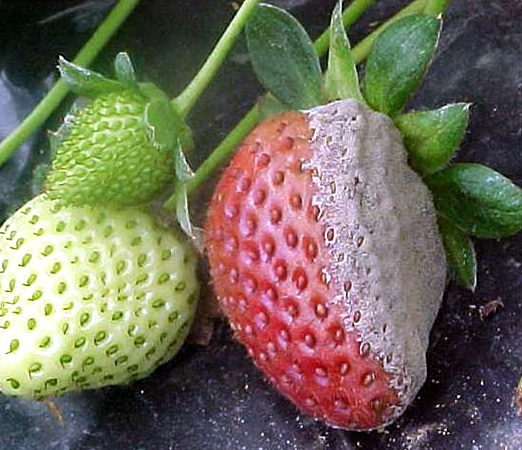
The fungus spreads by air, it is possible to get infected when caring for the plant and during harvesting. Fungal spores can fly away with water. If you do not yet see the affected areas, this does not mean that the plant does not have sclerotia that causes the disease.
Common rot looks like brown spots and grows rapidly on young shoots and leaves. High humidity encourages the appearance of gray, fluffy spores and mycelium, which are carried by the wind and can infect neighboring plants. Rot spreads from one plant to another; any vegetable and berry crops can succumb to the disease.
Views
Rot is a fairly common problem, the area of its defeat is huge. The list of vegetables includes tomatoes, lettuce, onions and beets, potatoes, cucumbers, beans, radishes, and cabbage.In some cases, the fungus of this disease is applied to the plant specifically, for example, to grapes for Tokay wine, because the combination of rot on the berries forms a special real taste of Tokay. A rainy, cold summer is favorable for the fungus.
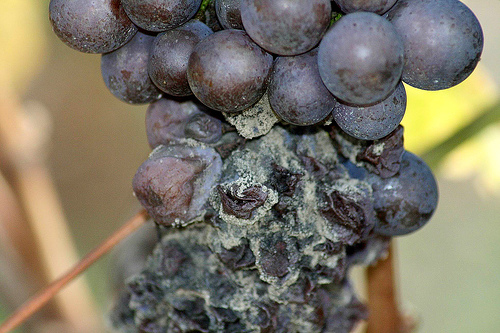
Gray rot on tomatoes looks like brown spots, which dry out over time and the fruit rots. Healthy bushes are very quickly infected with the disease. In order to protect strawberries from gray rot, it is necessary to remove in early spring, and it is better to burn all damaged and diseased leaves. Disease on strawberry bushes manifests itself as a gray-brown mycelium growing on the surface of infected tissues. Healthy bushes from infected berries are rapidly infected with rot.
The tissues of the grapes in the affected areas die, their color becomes brown, later a fluffy bloom appears. Spores appear on individual berries, they are lilac and brown. The most favorable time for the development of gray rot is hot and humid weather, and a violation of the integrity of the peel also contributes to suppuration. If you plan to plant grape seedlings, you need to protect the graft site. Rot can appear at any time of the year, so medications should be applied in advance, before harvesting.
On cucumbers, gray rot is manifested by shapeless gray spots, sometimes they have a yellow-brown tint. At the same time, the fruits are affected, therefore, preventive measures should be taken to remove diseased leaves of the plant. And also maintain optimal air humidity (in greenhouses).
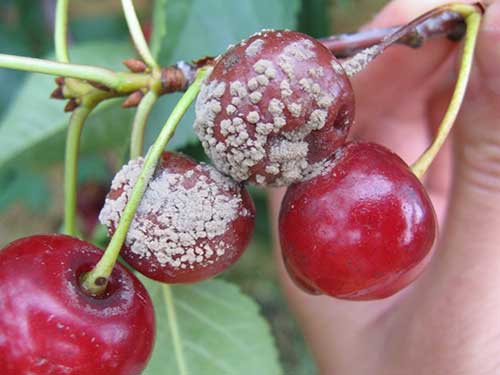
The defeat of the gooseberry begins from the lower parts of the shoots, then the disease passes to the berries, which rot and fall off.It is necessary to promptly remove and destroy infected stems and berries, in order to avoid loss of yield and drying out of the bushes. If gray mold gets on the lettuce leaves, a gray bloom forms on the surface and the plant lodges. Inside the head, the leaves rot.
Gray rot on apple trees leads to drying out of large areas of wood, fruits affected by rot disappear, rot is accompanied by an inconspicuous whitish bloom. In order to prevent apple trees, it is recommended to feed them with special fertilizers during the growing season. Carrots can also become infected with gray mold, particularly during storage. Root crops begin to rot at the tip, then become covered with a gray felt bloom.
Video "Biologicals"
Control methods
The most common method of combating gray mold on strawberries is by spraying with iodine solution. A weak solution of 5 ml per 5 liters of water can destroy the rot pathogen. Also effective are Boxwood, Horus, Strobi, Falcon preparations. To combat rot on tomatoes, fungicides Fundazol, Acrobat, Bayleton are used.
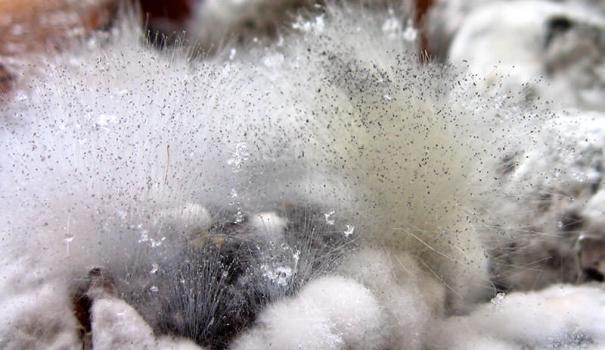
For gray rot on grapes, such preparations are used as Cabrio-top, Fundazol, Topaz, etc. For cherries and gooseberries with a preventive purpose, fungicides such as Bordeaux mixture, Antracol and Rex are perfect. For treatment, Arcerid and Bayleton are needed. To combat rot on tomatoes, you need to feed the root system with a mixture of phosphorus and potassium in time. You can also pour an ash solution under the root (300 g per 10 liters).
Prevention for plants
So, from the conditions for the spread of rot, it should be said that the plants should be planted at a sufficient distance from each other for good ventilation of the stems and access to the sun. Do not overuse nitrogen fertilizers, as they make the leaves soft and susceptible to disease.
If you use greenhouses in your area, make sure that the room is well ventilated. When processing plants, removing excess shoots, it is necessary to reduce the wound site as much as possible in order to reduce the possibility of rot. This is done with a sharp knife on a dry sunny day.
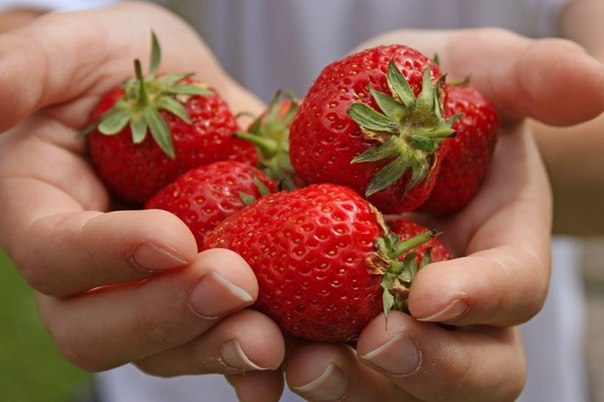
If you notice signs of aphid activity on the plants, carry out the treatment, most likely the plant will begin to rot. It is necessary to treat plants in advance with preparations in order to destroy the causative agent of rot. So that the rot does not remain for the winter, you need to burn the remains of plants on which there were clear signs of rot. Try to prevent the reproduction of snails, ticks and slugs, they carry the pathogen of gray rot.
Video "Rot and methods of dealing with it"
This disease is dangerous for many types of plants and vegetables. To get rid of it once and for all, you just need to read the information in the next video.
